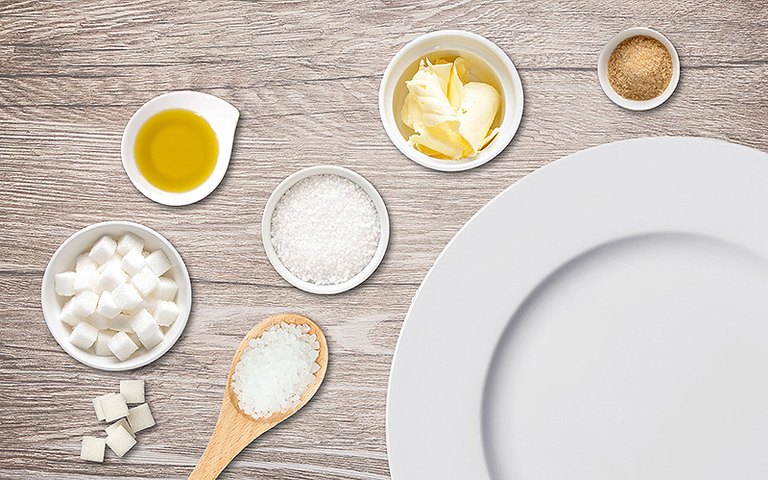Reducing the salt, sugar, and fat contents in food

Too much, too fatty, too salty – in modern societies, diseases resulting from unhealthy nutrition are a major problem. In many cases, the best remedy would be to make changes to our diet. But eating habits are deeply ingrained in our lives and many people find it very difficult to make lasting changes. One way to eat better without altering your eating behaviour is to change the recipe of processed foods or the way they are prepared.
On behalf of the Federal Ministry of Food and Agriculture, the Max Rubner Institute (MRI) is studying ways of producing foods with lower salt, sugar, and fat contents. Our research on what is called “reformulating” includes new technological applications, safety aspects, product shelf life and, not least, the nutritional quality and flavour of these “new” foods.
In most food products, you cannot simply “cut out” the elements salt, sugar, and fat. A nutrient almost always serves more than one function. In cheese, for example, salt keeps dangerous microorganisms in check. In dairy products, sugar has an impact on the bacteria cultures that are needed to make yogurt, and fat, as we know, is an important flavour element. The technologies that are used have multiple effects on the food products, as well.
Changing the cell structures of a foodstuff, as is the case when using high-pressure technologies, has an impact on its shelf life as well as its taste. One of the Max Rubner Institute’s research projects focuses precisely on this aspect. Vegetable juices and purees with and without added table salt are processed under high pressure. As other studies already showed, this changes the perception of flavour – reducing the amount of salt that must be added. The composition of these products is then compared to non-processed juices and purees.
In another project, scientists replace the fat that is customarily used in baked goods with high-quality rapeseed oil. To do this, the oil must be stabilised and solidified so it can take on the function of the traditional fats in the dough. In addition to studies on baking properties and storage, the research plan also includes testing consumer acceptance.
Cold-smoked salmon, filet of herring, pickled herring – delicious, yet unfortunately, also quite salty. Traditionally, salt has served important functions in food preservation. Scientists are planning to change the recipe, reducing the amount of table salt (sodium chloride) used. Of course, the new product is being tested for safety, quality, and flavour.
A similar challenge is to reduce the table salt content in ham or sausages. Scientists are experimenting with using salt substitutes as well as substances that stimulate the fifth taste, umami (in addition to sweet, salty, bitter, or sour), thus enhancing the perception of saltiness. In addition, meat research is also using high-pressure technologies to augment salty taste. Scientists want to discover the underlying mechanisms behind the effect of the new technology.
With regard to hard cheese, the ambitious goal is to lower the sodium content to under 0.4 grams per 100 grams of cheese – without any loss of quality, of course. To do this, special starter and additive cultures with enhanced flavours are being tested to compensate for flavour changes caused by the reduction in sodium. Salt substitutes are also going to be used for cheeses. Since salt also serves an important microbiological function in cheese, scientists will study this aspect very closely during cheese ripening. To be absolutely certain that the low-salt product will not eventually pose a risk to consumers, bacterial strains that cause foodborne infections are intentionally added in order to rule out the possibility that these bacteria could proliferate in the final product.
Overall, the Max Rubner Institute has launched nine projects dedicated to the reduction of fat, salt and sugar, the use of substitutes, or enhancing sweet and salty flavours. Once they have been completed successfully, the results will be published and made available to users.

